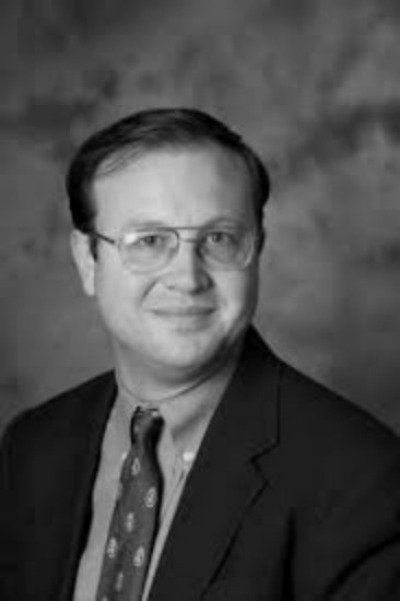Some Words Against Despair Concerning Traditional Marriage

Many social conservatives are rightly disappointed and dismayed by the Supreme Court's ruling in Obergefell v. Hodges, which effectively legalized same sex marriage in all 50 states. Many pundits—even those who disagree with the decision—are already advising conservatives to consider the matter settled and turn their attention to other issues. However, I would encourage supporters of traditional marriage to continue stay the course. The future is unpredictable and developments in politics, technology, and culture can sometimes produce unexpected changes in public opinion.
For instance, in January of 1973, who would have predicted that:
1) Abortion numbers would quickly surge to over one million by 1977 and reach 1,600,000 by 1990.
2) The high numbers of abortions did not normalize abortion as some pro-lifers feared. Instead, many women regretted their decision to have an abortion. Post-abortive women would go on to be some of the pro-life movement's most effective spokespeople.
3) Most abortions would not be performed in hospitals or doctors' offices, but in high volume clinics that often failed to meet basic health and sanitary standards. Furthermore, a Philadelphia abortionist would be jailed for literally aborting viable babies after they were born.
4) The bold predictions made by many prominent supporters of legal abortion would be proven patently false. These include that legalized abortion would reduce the out of wedlock birth rate and
lower the incidence of child abuse.
5) The lead plaintiff in the Roe v. Wade decision would become an outspoken pro-life activist.
6) The nation's leading provider of abortions during the 1970s would also become an outspoken pro-life activist.
7) Ultrasound technology would quickly develop, and vivid ultrasound pictures of unborn children would start to appear on refrigerators and bulletin boards.
Again, no one would have predicted these developments in 1973. And all of these factors, in large ways and small, have contributed to durable gains in pro-life sentiment. Furthermore, these gains have been the most dramatic among young adults—who in the 1970s were the demographic group most sympathetic to legal abortion. Supporters of traditional marriage likely face an uphill battle, but we should not despair.
This column was originally published in First Things.















![[Ready to PUB] Christian psychologist: Kids must develop 'resilience' to fulfill God's purpose for them](https://cdn.christianpost.com/images/cache/thumbnail/25/92/259219_a_300_200_658_146.jpg)











